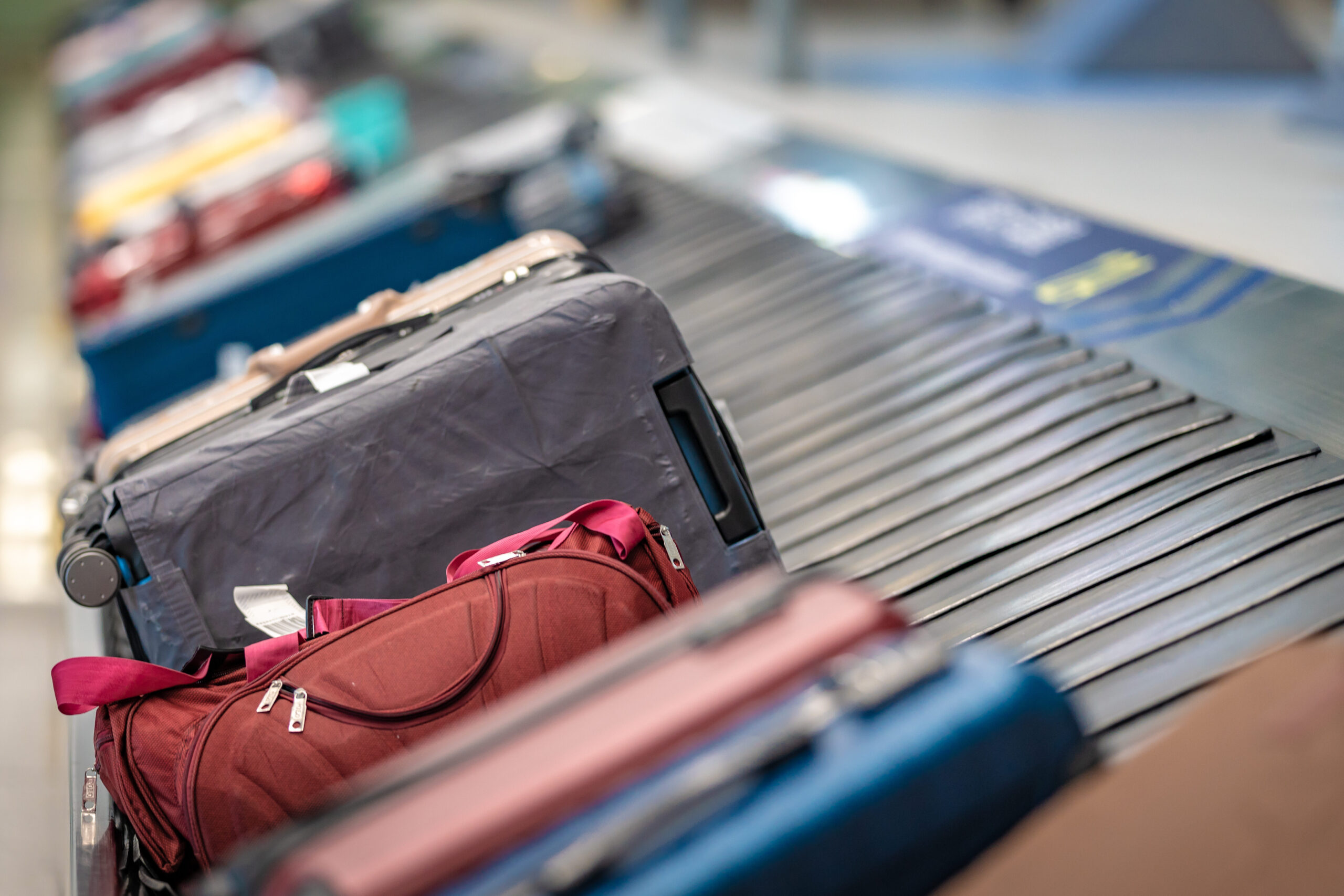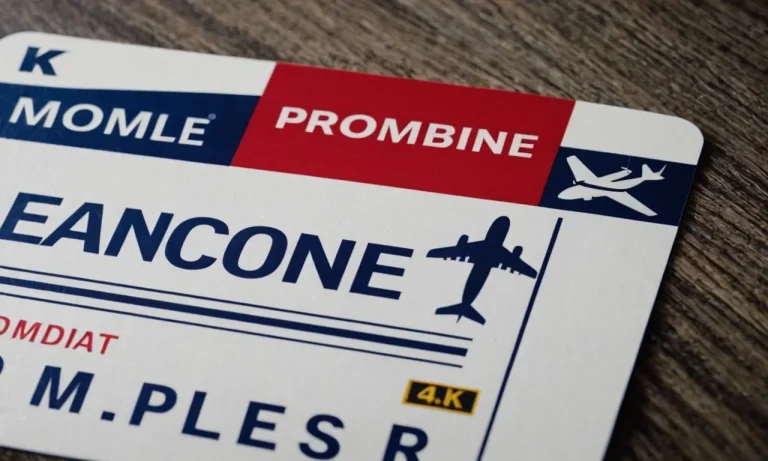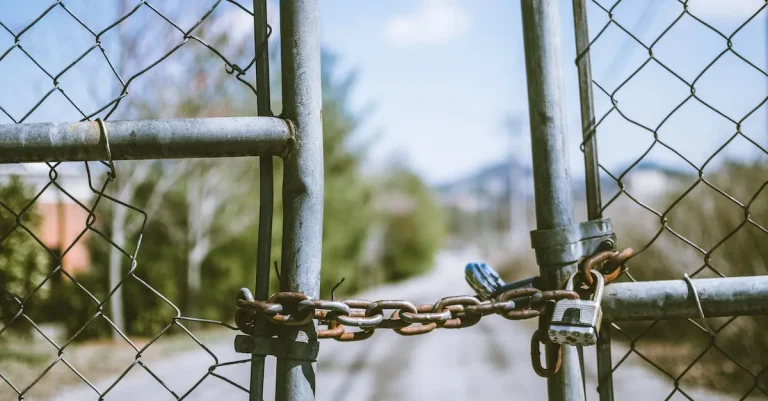Layovers are a common part of air travel, especially when taking longer trips with connecting flights.
But if you check bags, you may wonder what happens to your luggage during your layover. Will it make it onto your next flight?
Here’s a quick answer:
This in-depth article will explain the process of handling checked baggage during layovers.
You’ll learn how airlines transfer luggage between flights, what tracking measures are used, and tips for minimizing problems or delays with checked bags.
How Airlines Transfer Checked Bags During Layovers
When you check in your bags at the beginning of your journey, have you ever wondered what happens to them during a layover?
Let’s take a behind-the-scenes look at the baggage handling process and how airlines ensure that your checked bags make it to your final destination.
Behind-the-scenes baggage handling process
Once you hand over your bags at the check-in counter, they go on a journey of their own.
Behind the scenes, there is a complex network of conveyor belts, sorting machines, and baggage carts that work together to transport your luggage to the correct aircraft.
Baggage handlers carefully load the bags onto carts, which are then taken to the sorting area. Here, the bags are scanned, sorted, and assigned to the appropriate flight.
Modern technology plays a crucial role in this process. Baggage handling systems use barcode scanners and tracking software to ensure that each bag is correctly routed and accounted for.
This helps minimize the risk of bags getting lost or misplaced during layovers.
How connecting flights coordinate luggage transfer
During a layover, your checked bags need to be transferred from one aircraft to another. This is a coordinated effort between the airline and ground staff.
Baggage handlers carefully unload the bags from the arriving aircraft and transport them to the baggage transfer area.
Here, the bags are sorted based on their final destinations and loaded onto carts destined for the next flight.
Airlines have specific procedures in place to ensure that connecting flights have enough time to transfer the luggage.
They take into account factors such as the distance between gates, the number of bags to be transferred, and the time required for security checks.
Airlines strive to make this process as efficient as possible to minimize delays and ensure that your bags reach your final destination on time.
International flights and customs procedures
For international flights, there are additional considerations when it comes to transferring checked bags. Customs procedures vary from country to country, and airlines must comply with these regulations.
During customs inspections, bags may be opened and checked by customs officers.
This is done to ensure that passengers are not carrying any prohibited items or goods that require additional documentation.
It is important to note that not all bags are inspected, and the process varies depending on the country and specific circumstances.
How to Track Your Checked Bags During a Layover
Bag tag numbers and scanning systems
When you check in your bags at the airport, each bag is assigned a unique bag tag number. This tag contains important information about your bag, including its destination and any connecting flights it may have.
As your bag travels through the airport, it goes through various scanning systems that track its progress.
These scanning systems use advanced technology to ensure that your bag is properly routed and loaded onto the correct aircraft.
One of the most common scanning systems used at airports is the RFID (Radio Frequency Identification) system.
This system uses radio waves to transmit and receive information from the bag’s RFID tag.
As the bag moves through the airport, RFID scanners located at various checkpoints read the tag and update its location in the system.
This allows airline staff to track the bag’s progress and ensure that it reaches its final destination.
Online tracking through airline apps and websites
Most airlines offer online tracking services that allow you to monitor the status of your checked bags during a layover.
You can easily access this information through the airline’s official app or website.
Simply enter your bag tag number or reference code, and you’ll be able to see real-time updates on the location of your bag.
These online tracking systems provide valuable information such as when your bag was last scanned, which airport it is currently at, and its estimated time of arrival at your final destination.
Some airlines even offer notifications via email or text message, so you can stay informed about any changes or delays in your bag’s journey.
Finding out if your bag made the connection
One of the biggest concerns during a layover is whether your checked bag made the connection to your next flight.
Luckily, most airlines have systems in place to quickly determine the status of your bag.
At the final destination, airline staff will check the bag tag number against the flight manifest to ensure that it was loaded onto the correct aircraft.
In case your bag did not make the connection, the airline will take necessary steps to locate and deliver it to you as soon as possible.
It’s always a good idea to report any missing bags to the airline’s baggage service office or customer service desk to speed up the retrieval process.
Additionally, some airlines have introduced innovative technology, such as electronic bag tags, that provide real-time updates on your bag’s location and status.
These electronic tags can be attached to your bag and synced with your smartphone, allowing you to track your bag throughout its journey.
Remember, while airlines have systems in place to ensure the safe and efficient handling of checked bags during layovers, it’s always a good idea to pack essential items in your carry-on just in case your bag doesn’t make it to your final destination on time.

Tips for Preventing Lost or Delayed Luggage
Strategies for short layovers
Short layovers can be stressful, especially when it comes to ensuring that your checked bags make it onto your connecting flight.
To increase the chances of your luggage arriving with you, there are a few strategies you can employ.
One option is to pack light and only bring a carry-on bag.
This way, you eliminate the risk of your checked luggage getting lost or delayed. If you do need to check a bag, make sure to allow enough time between flights to allow for any potential delays.
Another tip is to choose a direct flight whenever possible. By avoiding layovers altogether, you reduce the chances of your luggage being mishandled during the transfer process.
If a layover is unavoidable, opt for longer layovers to give airline staff more time to transfer your bags.
Connecting between different airlines
When you have to connect between different airlines, there is an increased risk of your luggage being mishandled.
This is because each airline may have different policies and procedures for handling baggage.
To minimize the chances of lost or delayed luggage, consider booking your entire journey with the same airline or within the same airline alliance.
This way, your bags are more likely to be transferred seamlessly between flights.
If you do have to connect between different airlines, make sure to allow ample time for the transfer and communicate your situation to the airline staff.
They may be able to provide guidance or assistance in ensuring your bags make it onto the next flight.
Special handling for valuables
If you are traveling with valuable items, such as electronics, jewelry, or important documents, it is advisable to carry them in your carry-on bag instead of checking them.
This way, you can keep them with you at all times and minimize the risk of loss or damage.
Additionally, consider investing in a durable and secure luggage lock to further protect your belongings.
For extra peace of mind, some airlines offer special handling services for valuables.
These services may include additional security measures or tracking mechanisms to ensure the safety of your items.
Check with your airline to see if they offer any specialized services for valuable baggage.
Steps if your bag does get delayed
Despite your best efforts, there is still a possibility that your checked bag may get delayed. If this happens, it is important to take immediate action to increase the chances of recovering your luggage.
Start by reporting the delay to the airline’s baggage service desk or a designated representative.
They will guide you through the process and provide you with a reference number for tracking purposes.
Make sure to provide detailed information about your bag, including its size, color, and any distinctive features.
This will assist the airline in locating your bag more efficiently.
Keep a copy of your baggage claim ticket and any related documents for future reference.
Stay in contact with the airline and regularly check the status of your bag.
Most airlines have online tracking systems where you can input your reference number to get real-time updates on the whereabouts of your luggage.
In the event that your bag is not located within a reasonable timeframe, you may be entitled to compensation or reimbursement for essential items you need while waiting for your bag to be found.
Remember, while lost or delayed luggage can be inconvenient and frustrating, taking proactive measures and following the appropriate steps can help minimize the chances of it happening. Safe travels!
Luggage Policies and Fees for Layovers
When it comes to layovers, one of the main concerns for travelers is what happens to their checked bags during this time.
Airlines have specific policies in place to ensure that your luggage is handled properly and safely during layovers, giving you peace of mind as you travel.
Let’s take a closer look at some important aspects of luggage policies and fees for layovers.
Free baggage allowance for international flights
Most airlines provide passengers with a free baggage allowance for international flights. This allowance typically includes a certain number of checked bags and a weight limit for each bag.
It’s important to check with your specific airline to know the exact details of their baggage policy.
Some airlines may also have restrictions on the size of bags allowed as carry-on luggage, so be sure to familiarize yourself with these guidelines before your trip.
For example, according to Delta Airlines, passengers flying internationally are allowed to check up to two bags, with each bag weighing no more than 50 pounds (23 kilograms).
However, different airlines may have varying policies, so it’s always a good idea to verify with your airline before your journey.
Paying for extra or overweight bags
If you exceed the free baggage allowance provided by your airline, you may have to pay additional fees for extra or overweight bags. These fees can vary depending on the airline and the specific route.
It’s important to check the baggage fees section on your airline’s website or contact their customer service to get accurate information about the fees you may incur.
For instance, United Airlines charges $100 for a second checked bag on international flights, and an additional $200 for bags weighing between 51 and 70 pounds (23 to 32 kilograms).
It’s always recommended to pack wisely and within the weight limits to avoid any unexpected charges.
Claiming bags at your final destination
During layovers, your checked bags are typically transferred automatically to your final destination. You don’t have to worry about collecting your bags and rechecking them.
The airline’s baggage handling team is responsible for ensuring that your luggage arrives at the correct destination, even if you have multiple layovers.
It’s important to note that if you have a long layover, you may have the option to retrieve your bags and recheck them to avoid any potential mishaps.
However, this may not be possible for shorter layovers, as there may not be enough time for you to collect and recheck your luggage.
Conclusion
Layovers don’t have to create anxiety about your checked bags going astray. Airlines have detailed baggage tracking systems to ensure luggage gets transferred between flights safely and efficiently.
Understanding these processes can give you peace of mind.
With smart packing and proactive steps, you can minimize headaches from lost or delayed bags during layovers.






